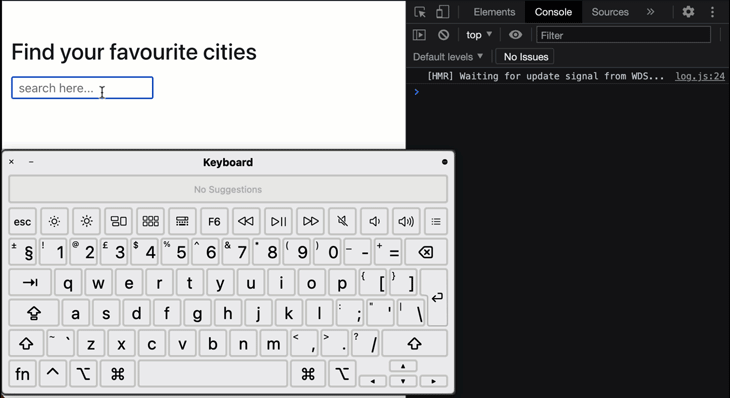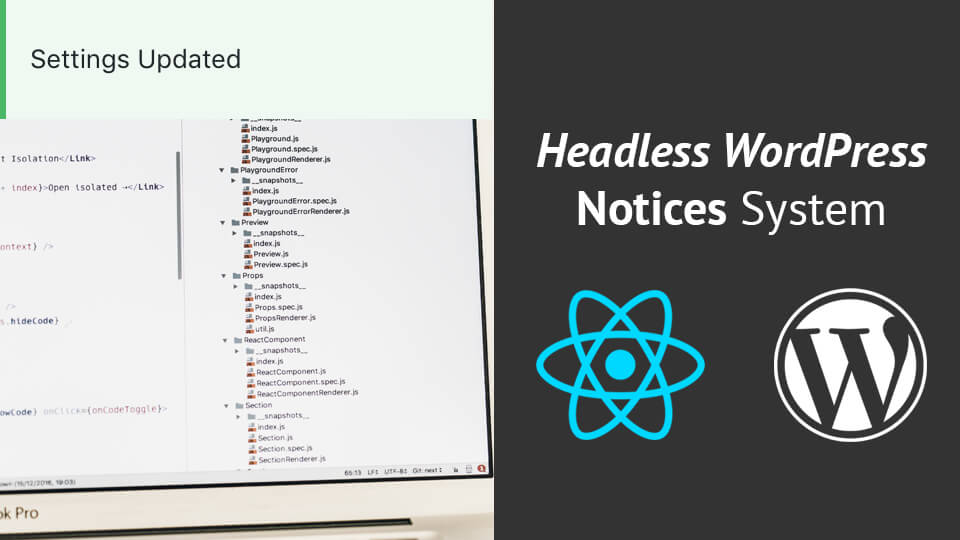

These are usually covered over by soldermask. Smaller copper-filled drill holes used to route a signal from top to bottom side. Any part of the green circle is exposed copper on both top and bottom sides of the board. Here are the layers you'll be working with in the board designer: Color We use a palette of colors to represent the different layers. The EAGLE board designer has layers just like an actual PCB, and they overlap too. The layout of each Element stays consistent, but you can modify colors, fonts, borders, padding, and more.The layers of a double-sided PCB (image from the PCB Basics tutorial). Fully customizing Elements consists of responding to events and configuring Elements with the appearance option. Despite this, you are still able to fully configure Elements to seamlessly match the design of your site. Because of this, Elements are unlikely to work with any existing styling and component frameworks that you may have. We recognize that the use of iframes makes styling an Element more difficult, but they shift the burden of securely handling payment data to Stripe and provide an easy way to keep your site compliant with industry regulation.Įach element is actually mounted in an iframe under the hood.

Note that if you pass a Promise to the Elements provider and the Promise has not yet resolved, then stripe and elements will be null. The function that you provide will be called with the Elements object that is managing your Element components and the Stripe object that you passed to. This component takes a function as child. If you need to access an Element from a class component, use ElementsConsumer instead. If you use the React Hooks API, then useElements is the recommended way to access a mounted Element. To safely pass the payment information collected by the Payment Element to the Stripe API, access the Elements instance so that you can use it with nfirmPayment. UseElements hook useElements(): Elements | null The customer’s bank, for use with FPX payments.ĭisplays installments messaging for Afterpay payments.

The customer’s bank, for use with iDEAL payments. The International Bank Account Number (IBAN). Refer to the Payment Request Button docs for more information.Ĭollects Australian bank account information (BSB and account number) for use with BECS Direct Debit payments. These are the available Elements today.Ĭollects payment details from 18+ payment methods from around the globe.Ī flexible single-line input that collects all necessary card details.Īn all-in-one checkout button backed by either Apple Pay or the Payment Request API. There are many different kinds of Elements, useful for collecting different kinds of payment information. Called with a reference to the underlying Element instance. Triggered when the Element is fully rendered and can accept imperative element.focus() calls. Triggered when the Element receives focus. Triggered when data exposed by this Element is changed (for example, when there is an error).įor more information, refer to the Stripe.js reference. See available options for the Payment Element or available options for individual payment method Elements. Passes through to the Element’s container.Īn object containing Element configuration options.


 0 kommentar(er)
0 kommentar(er)
